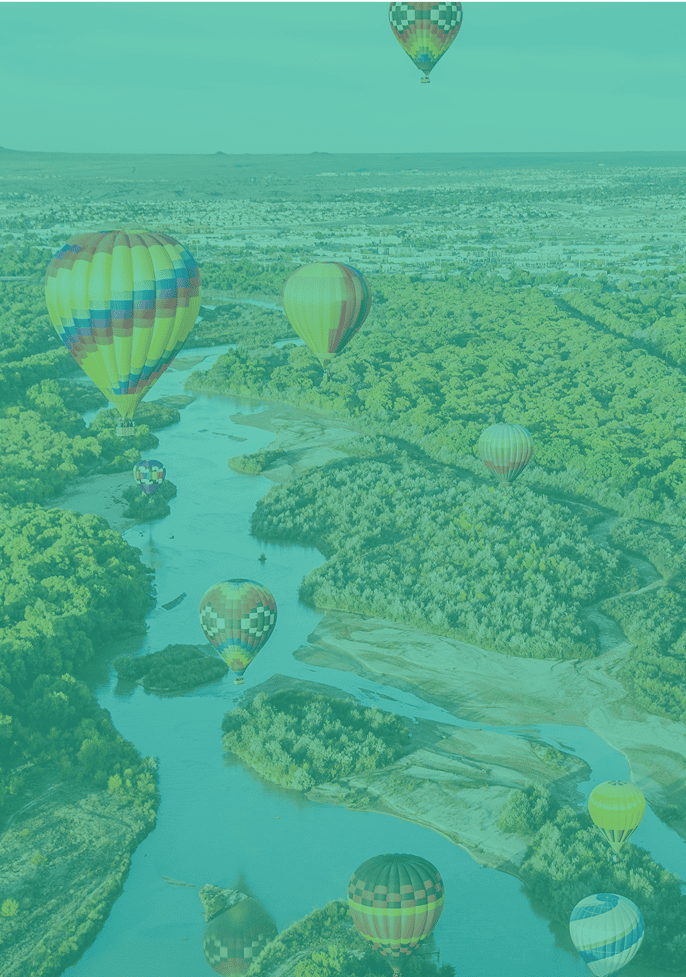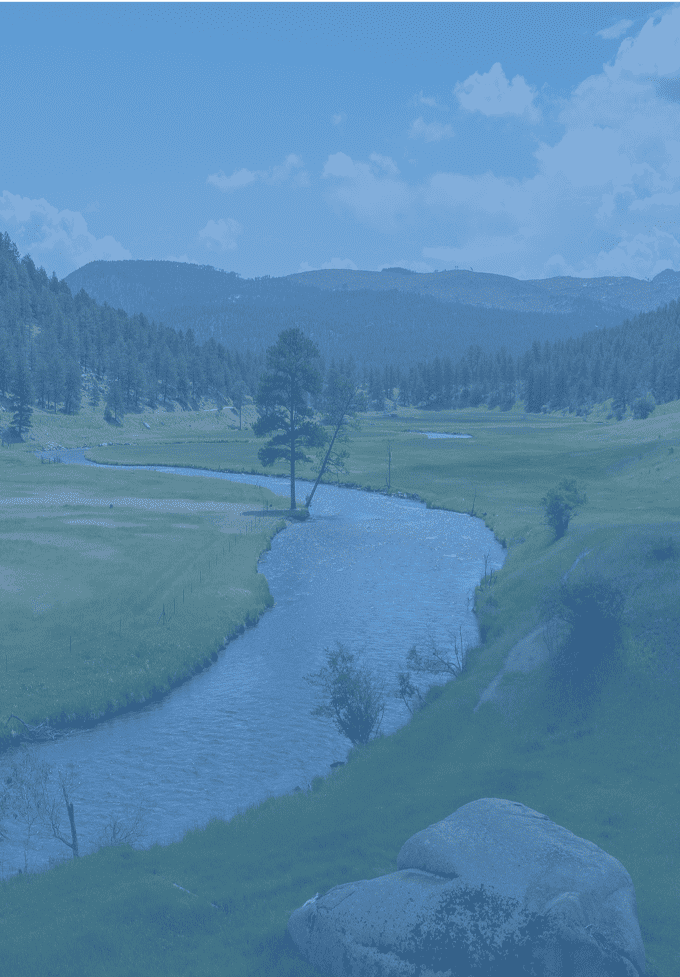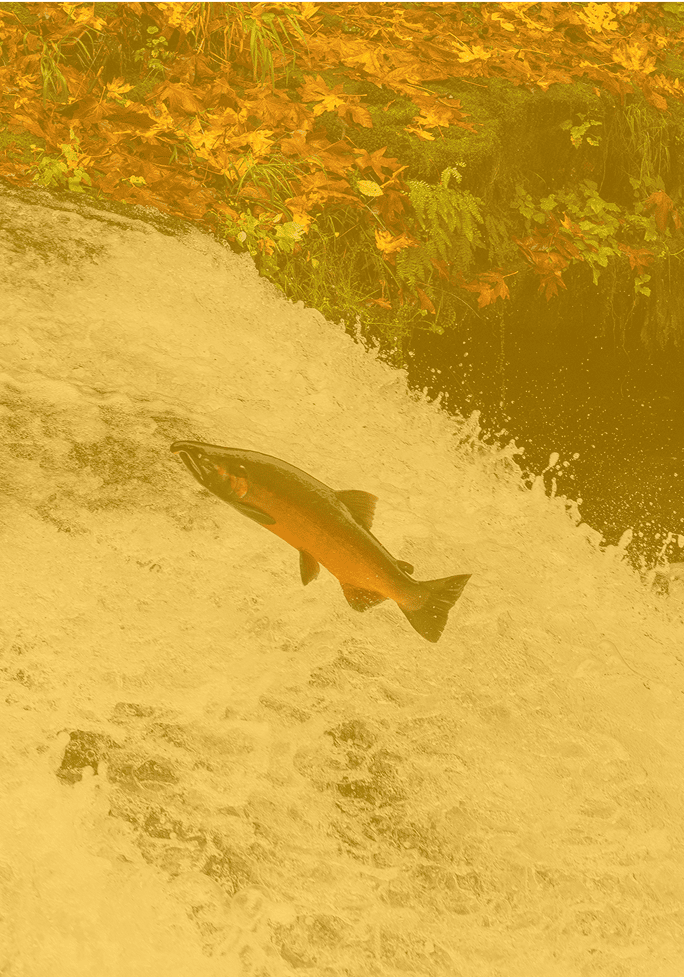Water Table is a national funder collaborative housed at the Water Foundation. It brings philanthropic partners together, moving money toward greater impact. Since 2015, the Table has helped align over $800 million in water-related grants. By coordinating strategy, mobilizing resources, and bridging across issues and sectors, the Table helps funders build the infrastructure philanthropy needs to act with power, agility, and care — placing smart money where it matters most for lasting, collective impact.
Water is a powerful entry point for lasting change. It connects health, food, climate, equity, and economic development, and it reveals the strength or failure of the systems we rely on. Water Table brings funders together to ensure those systems work better for people and nature.
Water Table priorities reflect where we see opportunity and urgency, focusing on how and where aligned philanthropy can make the biggest difference.
We organize our work across three categories, and this structure clarifies how we collaborate, maintaining a deeply woven interconnectedness throughout. Whether advancing tribal sovereignty, reimagining urban water, or protecting clean water, Water Table members contribute to a broader, shared vision: water systems that are equitable, sustainable, and resilient.
These include data and decision-making tools like OpenET and Internet of Water; narrative and media platforms like Water Hub and Water Desk; finance and implementation efforts like Water Finance Exchange; and regional and basin-based collaborations in the Colorado, Klamath, and Snake River watersheds.
Our strength isn’t just in what we fund — it’s in how we work. Through shared strategy, deep trust, and alignment with the field, Water Table helps funders move resources in ways that add up to more than the sum of their parts.
We represent a diverse group of funders, from large national foundations to place-based and family foundations. Table members bring deep commitment, field knowledge, and a willingness to work in coordination. Each member brings distinct strategies and priorities, but shares a belief that we can go further, faster, and more effectively when we act in alignment.
Walton Family Foundation
Cynthia & George Mitchell Foundation
Walton Family Foundation
Cynthia & George Mitchell Foundation



Water Table is always evolving. If you’re a funder interested in exploring how your work aligns with the Table, reach out to start a conversation. We’d be happy to share more about how we work and what we’re building together.
Email Water Table Director, Paige Damiano, to learn more.